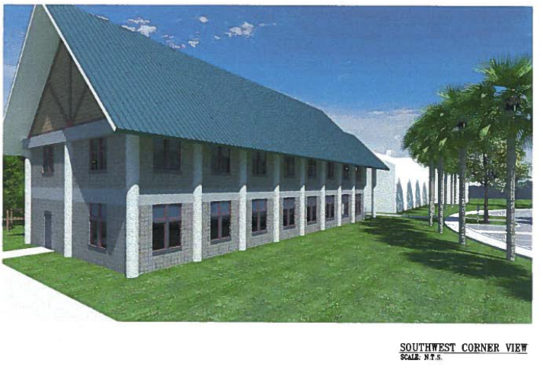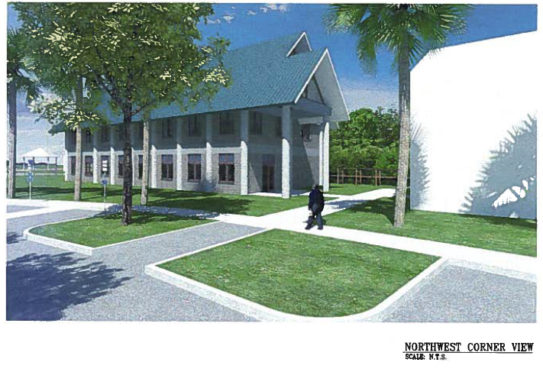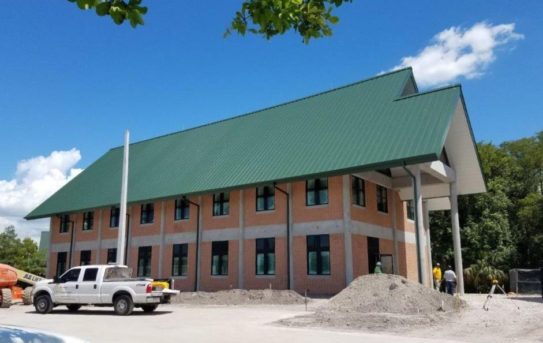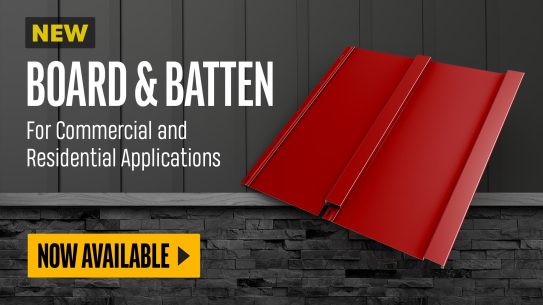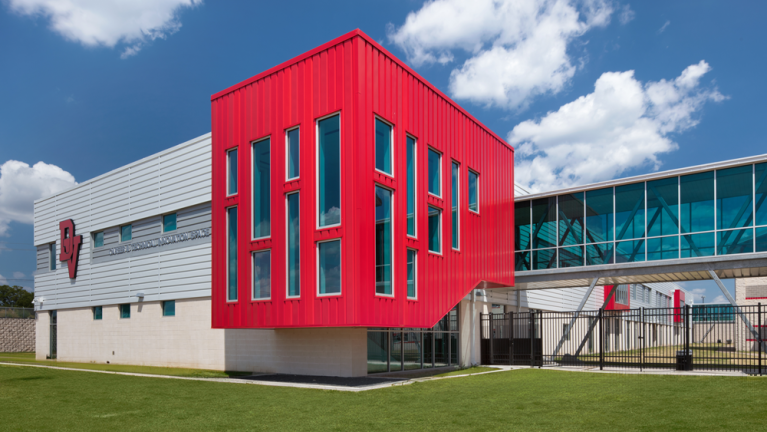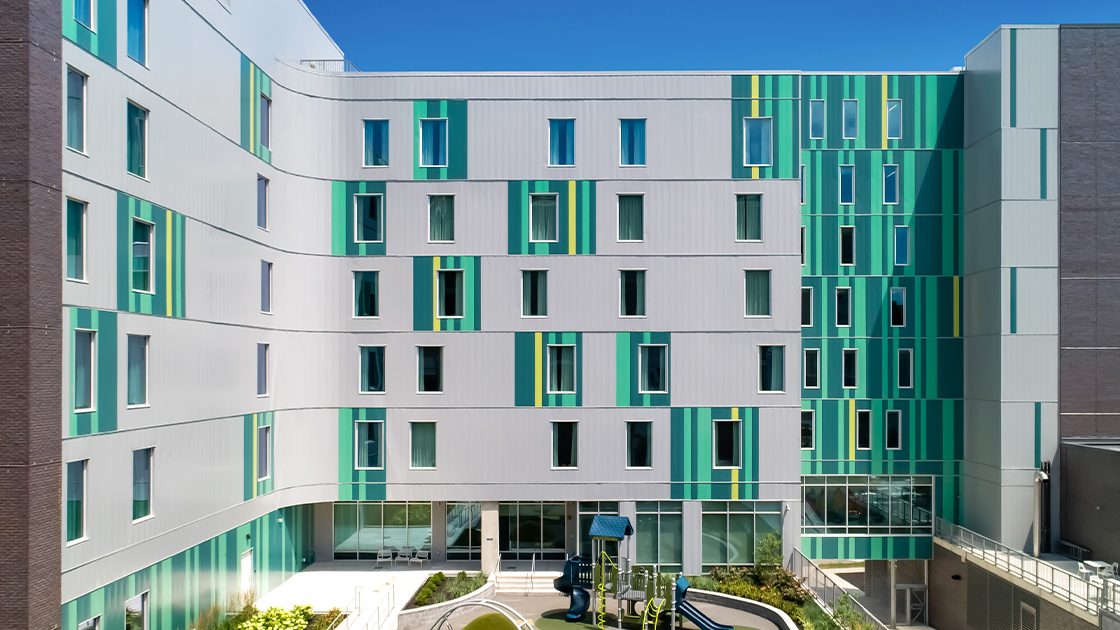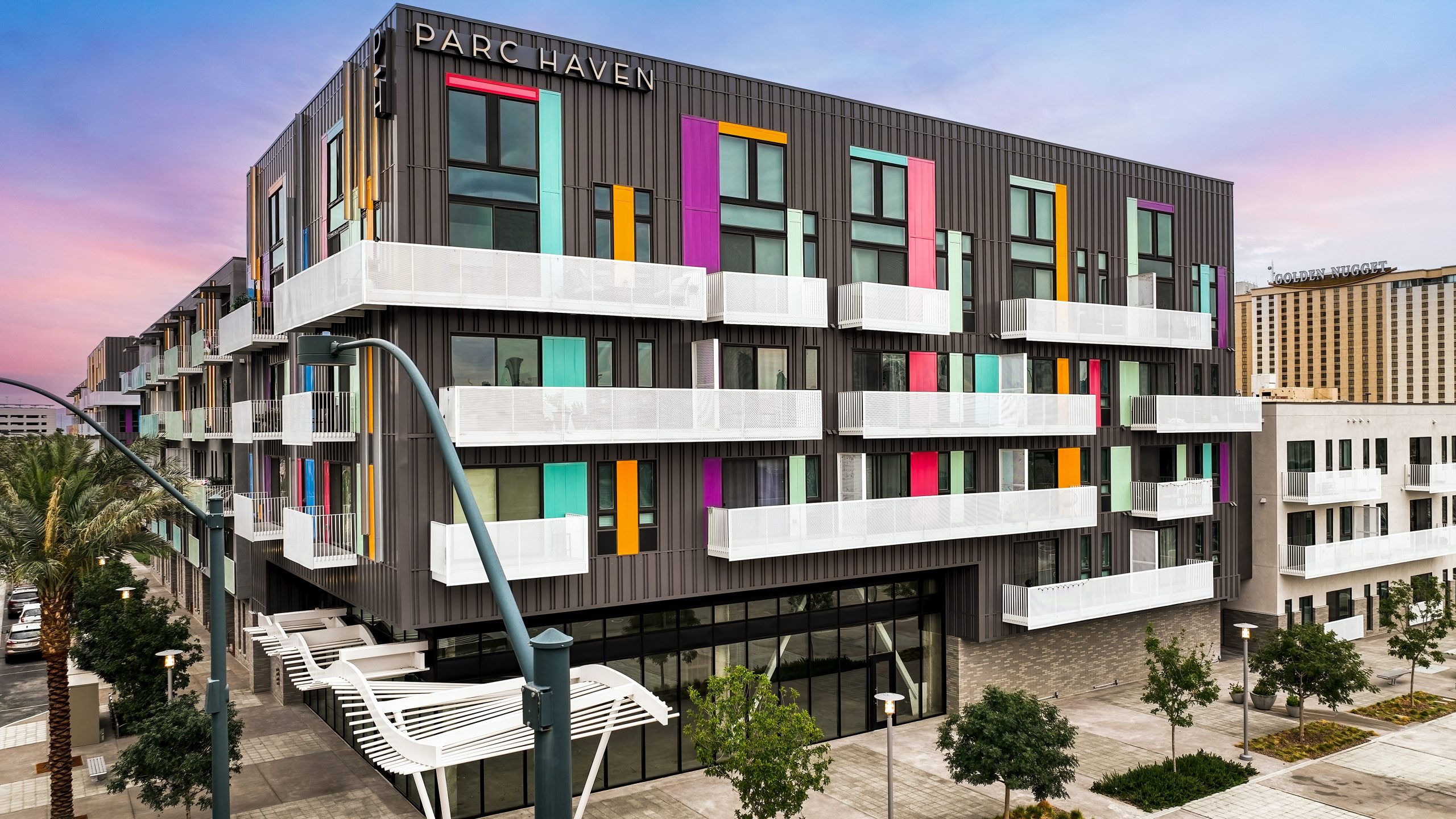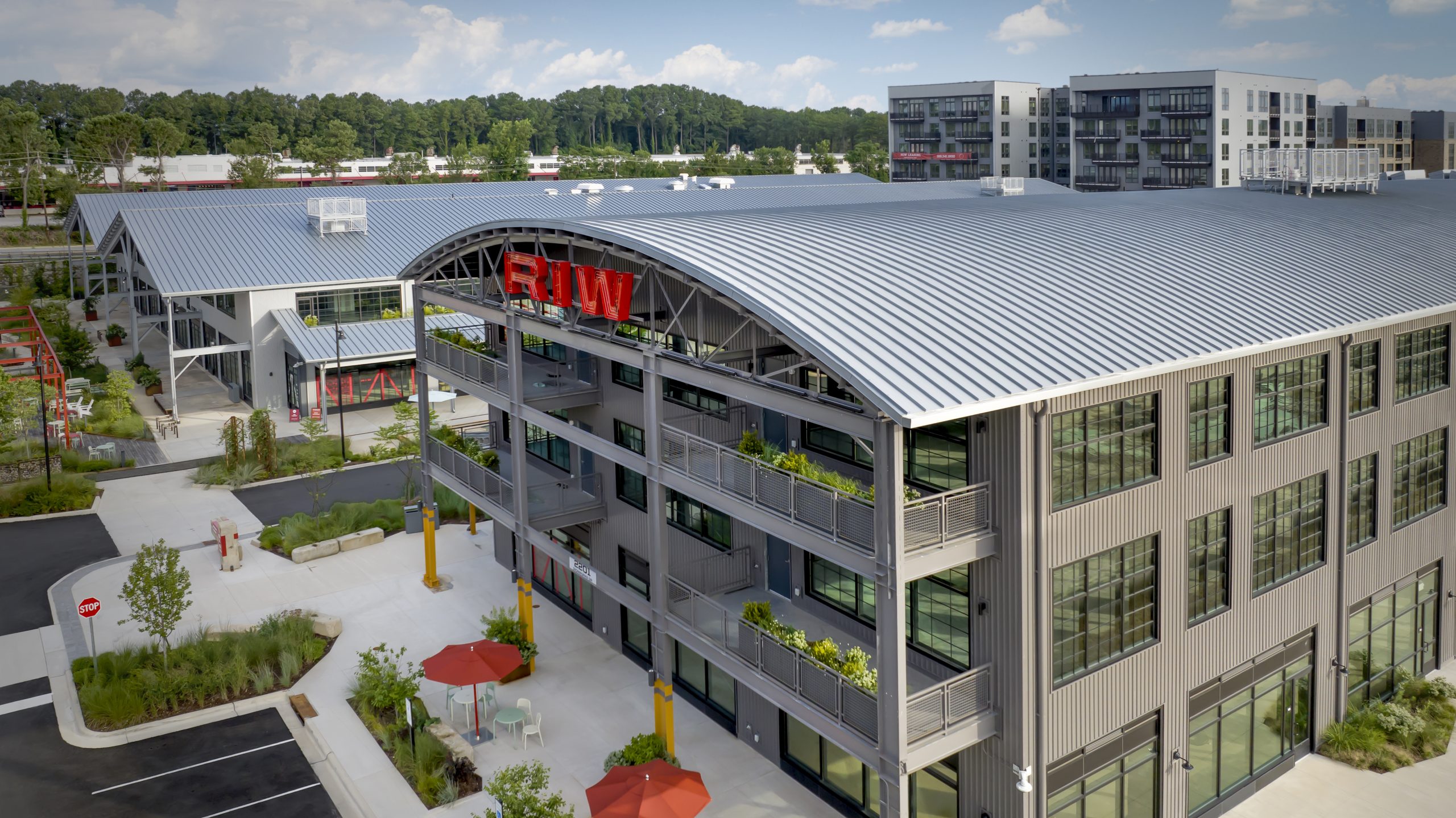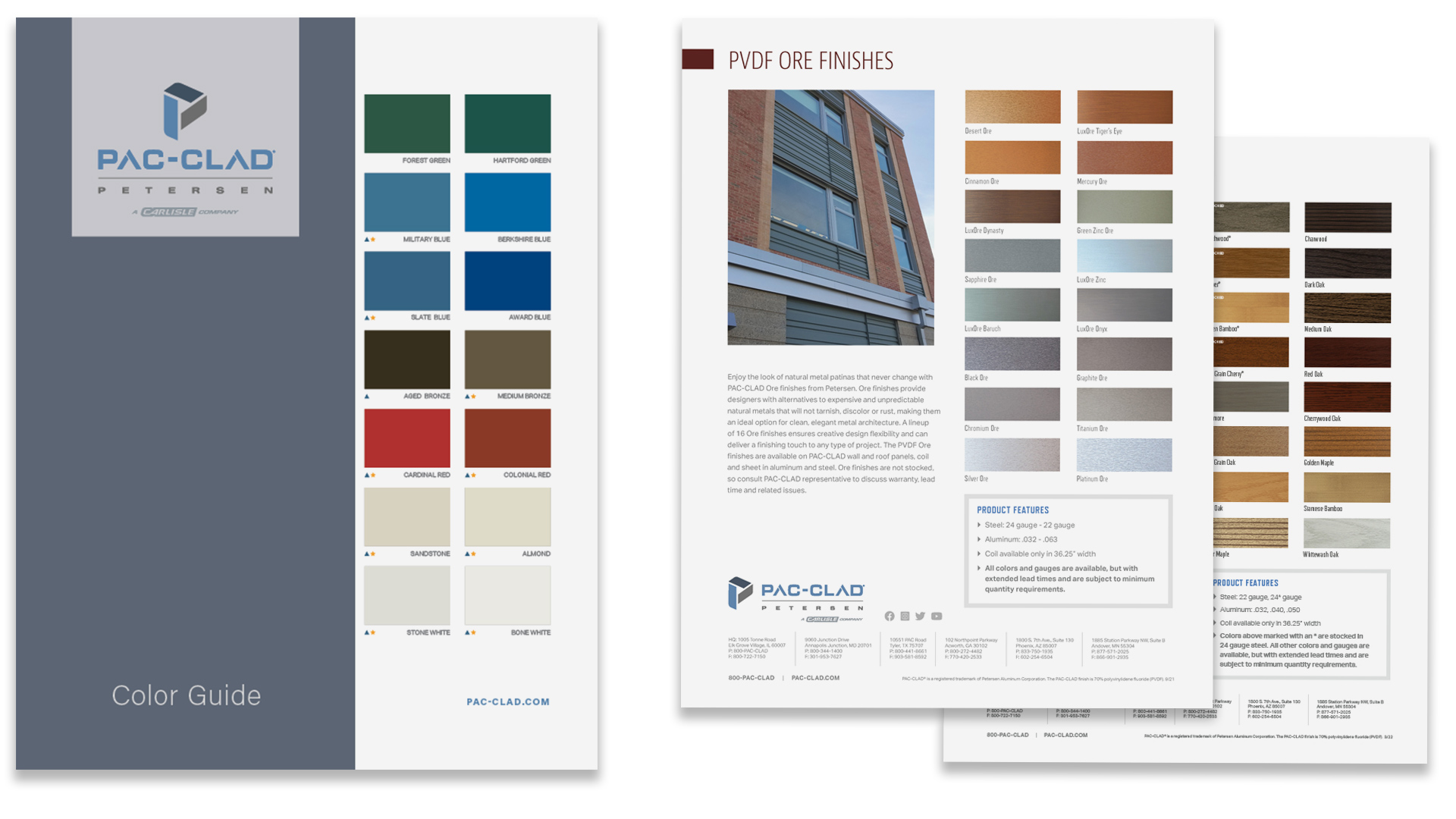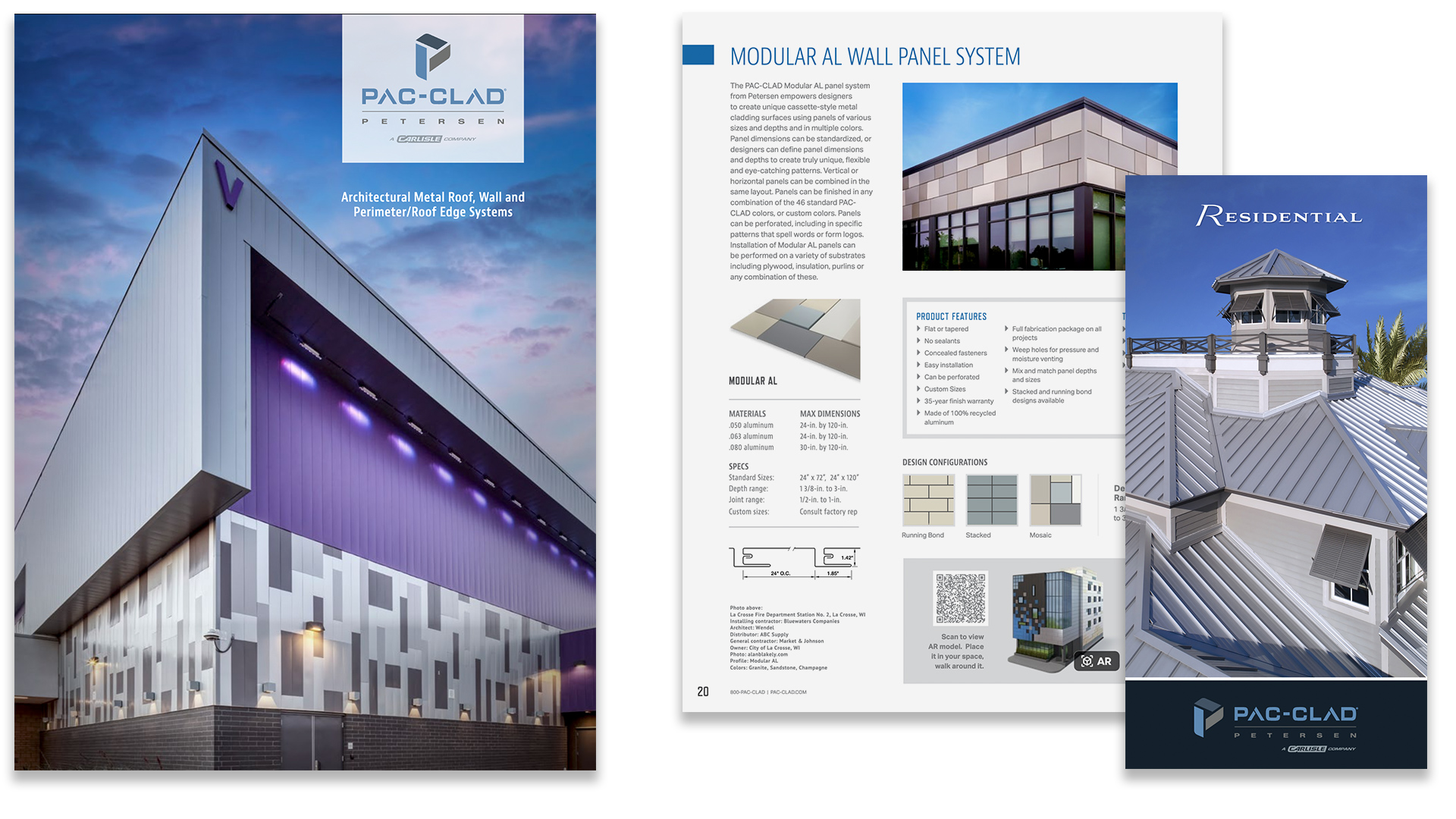Steep-sloped metal roof highlights new tribal center’s historic design
Once nearly driven out of Florida, the Seminole Indian Tribe has since become a significant economic presence in that state. The tribe now has six reservations in the state, along with six gaming facilities, two of which feature Hard Rock Hotels with expansive casinos. The Seminoles also are very invested in their tribe’s history in southwest Florida, and a new historic preservation office is intended to further efforts to understand and preserve evidence of their centuries’-long presence in the region.
Today’s Seminole Tribe of Florida members are descendants of just 300 Seminoles who managed to evade capture and relocation by the U.S. Army back in the 1830s. The new 20,000-sq.-ft. Abiaki Tribal Historic Preservation Office is named for a legendary medicine man from those days. It takes the place of a temporary trailer that has served as office space for the past two decades on the campus of the tribe’s Ah Tah Thi Ki Museum.
Designed in the form of a traditional “chickee” hut, the new structure features a steeply sloped roof topped by 0.24-gauge Snap-Clad panels from Petersen’s PAC-CLAD line, finished in Forest Green color. While original chickee homes featured open walls, designers with the Coral Gables, Fla., firm of Wolfberg Alvarez & Partners opted for red masonry that complements the roof’s deep green tones. Crowther Roofing & Sheet Metal of Florida, based in Fort Myers, Fla., installed the roof.
The building’s interior is designed to give tribal members greater insight into the range of historic preservation efforts now underway – and perhaps encourage younger Seminoles to consider a career in archaeology or other history-related occupations.
“We want to open up so they feel like they can come in, work with the team here, and look for new careers in this field,” says Paul Backhouse, senior director of the Heritage and Environment Resources Office, in a Seminole Tribune newspaper article covering the opening. “That’s our aim – to eventually have a completely Tribal staff doing this program. That is the shift, and the new building represents a big step in that evolution.”


